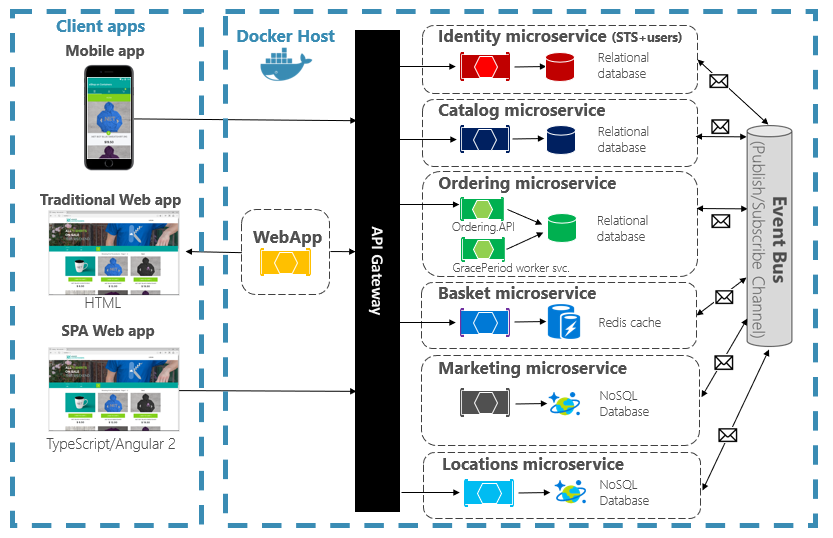Cloud-native architecture is a design approach that takes advantage of the cloud computing model to build scalable, resilient, and agile applications. It is based on a set of principles that include:
- Microservices: Applications are decomposed into small, independent services that can be scaled and deployed independently.
- Containers: Services are packaged in containers, which are lightweight, self-contained units that can be easily moved and deployed.
- Continuous delivery: Applications are continuously built, tested, and deployed, which allows for rapid innovation and problem resolution.
- DevOps: Development and operations teams work together to automate the development and deployment process.
Cloud-native architecture has been praised for its ability to deliver a number of benefits, including:
- Scalability: Cloud-native applications can be easily scaled up or down to meet demand.
- Resilience: Cloud-native applications are more resilient to failures, as they can be easily redeployed on different servers.
- Agility: Cloud-native applications can be quickly and easily updated, which allows for rapid innovation.
However, cloud-native architecture is not without its challenges. Some of the challenges include:
- Complexity: Cloud-native applications can be complex to design, develop, and deploy.
- Cost: Cloud-native applications can be more expensive to run than traditional applications.
- Security: Cloud-native applications can be more difficult to secure than traditional applications.
Despite the challenges, cloud-native architecture has become increasingly popular in recent years. A 2022 survey by the Cloud Native Computing Foundation found that 83% of organizations are using or planning to use cloud-native technologies.
So, does cloud-native architecture live up to the hype? The answer is a qualified yes. Cloud-native architecture can deliver a number of benefits, but it is not without its challenges. Organizations that are considering adopting cloud-native architecture need to carefully weigh the benefits and challenges before making a decision.
Here are some additional thoughts on whether cloud-native architecture lives up to the hype:
- It is a promising approach to application development, but it is still evolving. Cloud-native architecture is still a relatively new approach to application development, and there are still some challenges that need to be addressed. However, the potential benefits of cloud-native architecture are significant, and it is likely to become increasingly popular in the years to come.
- It is not a silver bullet. Cloud-native architecture is not a silver bullet that will solve all of the problems associated with application development. However, it can help to address some of the most common challenges, such as scalability, resilience, and agility.
- It is not for everyone. Cloud-native architecture is not the right approach for every organization. Organizations that need to maintain control over their infrastructure or that have regulatory requirements may not be able to adopt cloud-native architecture.
Overall, cloud-native architecture is a promising approach to application development that offers a number of potential benefits. However, it is important to weigh the benefits and challenges before making a decision about whether to adopt cloud-native architecture.





